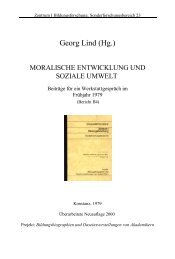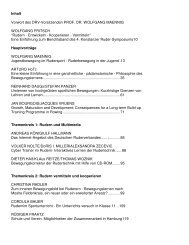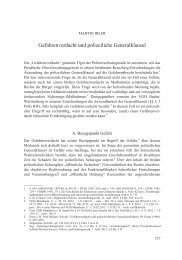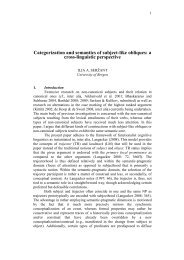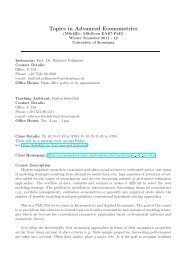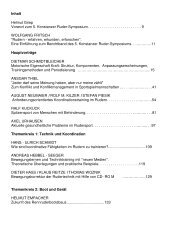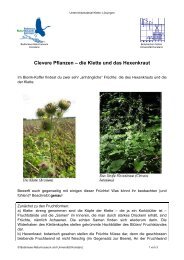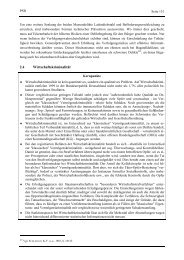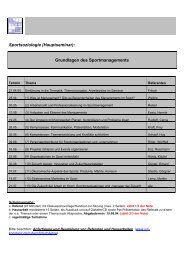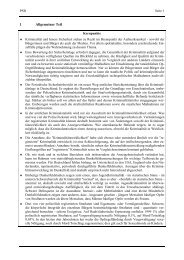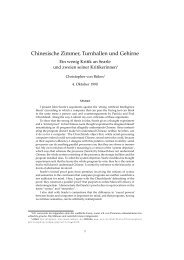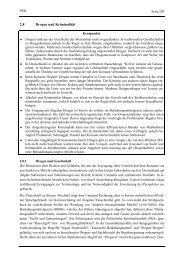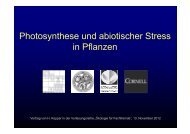Book of Abstracts Book of Abstracts - Universität Konstanz
Book of Abstracts Book of Abstracts - Universität Konstanz
Book of Abstracts Book of Abstracts - Universität Konstanz
Create successful ePaper yourself
Turn your PDF publications into a flip-book with our unique Google optimized e-Paper software.
Femtosecond photoelectron spectroscopy <strong>of</strong> sodium clusters<br />
Abdollah Malakzadeh, Christian Hock, Christ<strong>of</strong> Bartels, Raphael Kuhnen and Bernd v. Issendorff<br />
Fakultät für Physik, <strong>Universität</strong> Freiburg, H.Herderstr. 3, 79104 Freiburg, Germany<br />
B - 29<br />
Recently we have shown that the electron gas in a free sodium cluster can be heated by a<br />
single fs-laser pulse to temperatures high enough for thermal electron emission to occur [1,2].<br />
This emission can be described by a simple model: the laser excites the collective motion <strong>of</strong> the<br />
electrons (the plasmon), which after a very short time (a few fs) decays into single electron-hole<br />
excitations. Due to the strong electron-electron interaction within a short time this nonthermal<br />
energy distribution <strong>of</strong> the electrons is transformed into a thermal one. The electron gas then<br />
cools by electron-phonon coupling.<br />
Time-resolved pump-probe photoelectron and phot<strong>of</strong>ragmentation spectroscopy has been<br />
applied to measure the electron-phonon-coupling constant as a function <strong>of</strong> cluster size. This has<br />
been done using relatively long laser pulses (τ ≈ 200 fs). In order to obtain more information<br />
about the early stages <strong>of</strong> the excitation, shorter laser pulses are necessary. Therefore a NOPA<br />
(noncolinear optical parametric amplifier) has been constructed, which allows the production <strong>of</strong><br />
wavelength tunable, short (τ < 50 fs) laser pulses, as well as a hollow capillary compressor.<br />
The performance <strong>of</strong> these devices and first results for sodium clusters are discussed.<br />
References<br />
[1] R.Schlipper, R. Kusche, B.v.Issendorff and H.Haberland, App. Phys. A. 72, 255 (2001)<br />
[2] M.Maier, M. Astruc H<strong>of</strong>fmann, and B.v. Issendorff, NJP 5, 3 (2003)<br />
69



